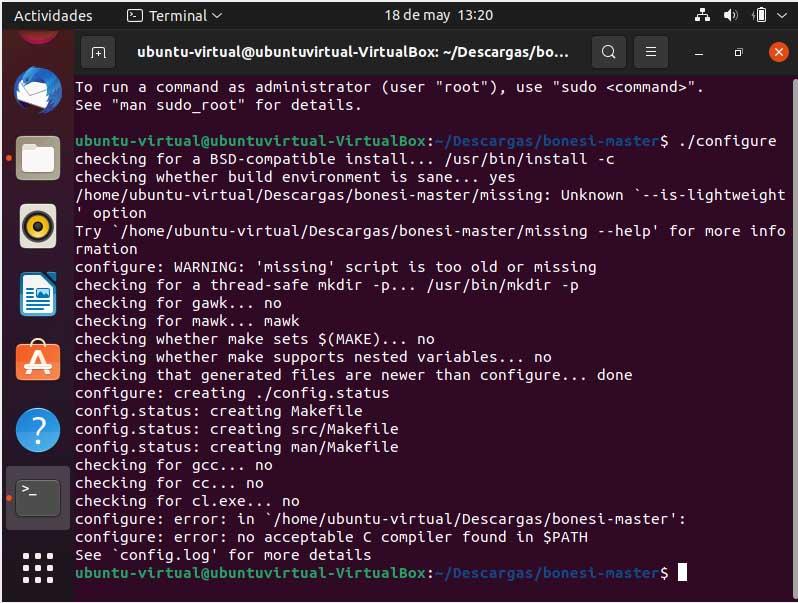
Other notable players range from incumbent to emerging players, such as Rapid7, Qualys, ThreatCare, AttackIQ, GuardiCore, SafeBreach, Verodin (acquired lately by FireEye) and WhiteHaX.
Simulated ddos attack tool series#
In addition, all of them have managed to raise Series A or B funding over the last 16 months, ranging from $5M to $32M. Those companies have a number of characteristics in common, including a very fast time to market, successful management team and strong traction. These players are (in alphabetical order):
Simulated ddos attack tool how to#
Going over the players in this industry, it is clear that the BAS category includes a number of different approaches with the common target to provide the customer with a clear picture of its actual vulnerabilities and how to mitigate them.ĬyberDB has handpicked in this blog a number of exciting and emerging vendors. Breach and attack simulation is a fast-growing segment within the cybersecurity space, and it provides significant advantages over traditional security evaluation methods, including penetration testing and vulnerability assessments. This approach allows for the identification of imminent threats, provides recommended actions, and produces valuable metrics about cyber-risk levels. Prior to conducting DDoS simulation testing, your application should be well-architected according to the best practices described in the AWS Best Practices for DDoS Resiliency.Breach and Attack Simulation is a new concept that helps organizations evaluate their security posture in a continuous, automated, and repeatable way.

The success of your DDoS simulation test will depend on your application architecture and your own control implementation within your use of AWS services.

Security is a shared responsibility between AWS and the customer. Your performance of the testing and the results of the testing are AWS Confidential Information, as defined in the AWS Customer Agreement.AWS may instruct the test vendor to terminate the simulation testing at any time.You assume the risk of all DDoS simulation testing and are responsible for the actions of the test vendor.The DDoS simulation test may not originate from an AWS resource and may not use an AWS resource in an attempt to simulate an amplification attack.The request volume of the DDoS simulation test may not exceed 50,000 requests per second.The packet volume of the DDoS simulation test may not exceed 5 million packets per second when testing an Amazon CloudFront distribution and may not exceed 50,000 packets per second when testing any other type of AWS resource.The bit volume of the DDoS simulation test may not exceed 20 gigabits per second.The target of the DDoS simulation test must be either registered as a Protected Resource in an AWS account you own that is subscribed to AWS Shield Advanced or an Amazon API Gateway edge-optimized API endpoint that resides in an account you own subscribed to AWS Shield Advanced.DDoS simulation testing must be performed by an AWS Partner Network (APN) Partner that has been pre-approved by AWS to conduct DDoS simulation tests (AWS DDoS Test Partner).

All testing is subject to the terms of the AWS Customer Agreement or any other agreement governing your purchase and use of Amazon Web Services.


 0 kommentar(er)
0 kommentar(er)
